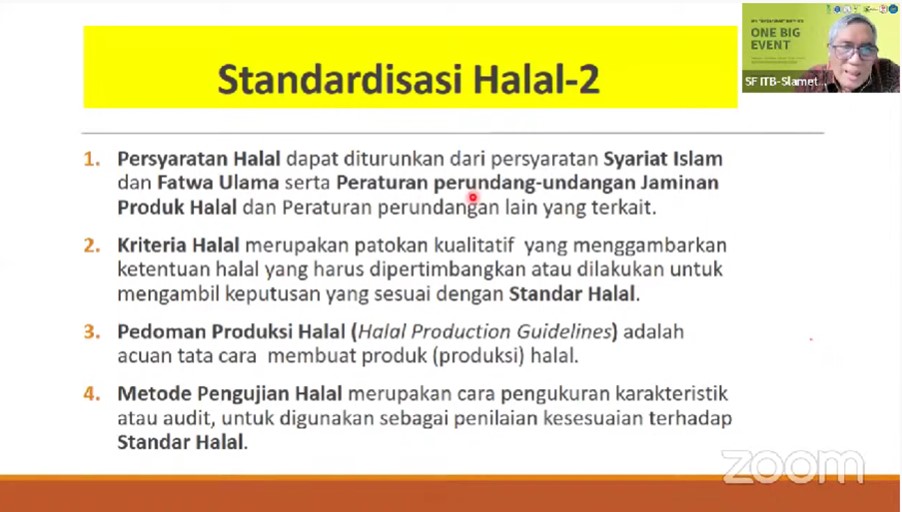ITB Volcanologist Explains the Cause of Mount Semeru's Eruption
By Adi Permana
Editor Adi Permana

BANDUNG, itb.ac.id—Indonesian Volcanologist, Dr.Eng. Mirzam Abdurrachman, S.T., M.T., stated that the material from the lava flow on Mount Semeru was an accumulation of the previous eruption that covered the mountain’s crater. “The erosion of volcanic ash material in the hood of the mountain makes the burden that covers Semeru disappear, causing the mountain to erupt,” he stated on Sunday (12/5/2021).
Previously, it was reported that Mount Semeru erupted on Saturday afternoon (4/12/2021) at around 14:50 WIB. Quoting from Magma Indonesia, visual eruptions were not observed, but this eruption was recorded on a seismograph with a maximum amplitude of 25 mm and a duration of 5160 seconds. According to Dr. Mirzam, when an eruption occurs, people tend not to feel an earthquake, but seismographs still record them. This is due to the lack of material in the magma chamber.
Dr. Mirzam explained that three things caused a volcano to erupt. First, the maximum volume of the magma chamber, an avalanche in the magma chamber caused by magma crystallization, and above the magma chamber.
“This third factor seems to have happened in Semeru, so when the rainfall is high enough, the volcanic ash that holds at its peak, both from the accumulation of previous eruptions, is eroded by water, so the volcano loses its weight. So even though the magma chamber is small, it can be seen from the slight seismic activity (it can only be detected by tools but not felt by people living in the vicinity), Semeru can still erupt,” he explained.
Mirzam indicated that the volcanic ash of Mount Semeru tends to be heavy, characterized by its dark gray color. The characteristic can be seen from the visual at the top of Mount Semeru. So that when previous eruptions occurred, volcanic ash fell to pile up just around the summit area of Mount Semeru. This was the forerunner to the abundance of lava material for the 2021 eruption.
The Danger of Volcanic Eruption
Dr. Mirzam said that there are two dangers from volcanoes in general, namely primary and secondary. Primary hazards relate to when the volcano erupts and secondary hazards after the volcano erupt. The primary hazards from eruptions are lava flows, “wedus gembel”, and volcanic ash. Meanwhile, secondary hazards include flash floods or lahars. “Both are equally dangerous,” he said.
The lecturer of Petrology, Volcanology and Geochemistry Expertise Group, Faculty of Earth Science and Technology (FITB) said that Mount Semeru is a type A of the active volcano in Indonesia. Based on the data and observations made, Dr. Mirzam concluded that Mount Semeru has a short-term eruption interval of 1-2 years. The last recorded eruption was in 2020, also in December. “This eruption, the volume of magma was actually not considerably significant, but there is a lot of volcanic ash due to accumulation from previous eruptions,” he explained.
But according to Dr. Mirzam, the direction of the eruption of Mount Semeru can be predicted, namely to the southeast. This is because the Semeru Geological map shows that the plane where the mountain was born is not horizontal but tilted to the south. “If we refer to the 2020 eruption, the direction of the volcanic ash tends to the southeast and south because the wind blows in that direction as well as the lava flow because all the rivers that originate at the peak of Semeru all flow to the south and southeast,” he said.
------------------

.jpg)

.jpg)
.jpg)
.jpg)



